What Are SIP Traces - A Beginners Guide
Ever feel like your calls are haunted by gremlins? One minute you're connected, the next you're left with nothing but static and frustration. The culprit behind these mysterious call disruptions could be hiding within the intricate world of VoIP.
But fear not, for this blog unveils the secret weapon in your arsenal: SIP traces. These digital detectives act like breadcrumbs, leading you through the call's journey and revealing where things went wrong.
By understanding SIP traces, you'll be equipped to diagnose and fix call issues, ensuring your communication is crystal clear and uninterrupted.
An Overview of SIP (Session Initiation Protocol)
Imagine you're planning a high-stakes international business meeting, but instead of fancy conference rooms, you're using cutting-edge video conferencing technology.
You wouldn't just stare blankly at your screen, hoping your colleagues magically appear from across the globe, right?
Enter the Session Initiation Protocol (SIP), the invisible maestro orchestrating the entire virtual symphony. It's like a highly skilled concierge, ensuring seamless communication between participants.
Here's how SIP works its magic:
1. Initiating the Call: When you click the "call" button, SIP acts as your personal messenger, sending out an "invitation" to the other participants.
This invitation includes information like your identity, the desired communication type (voice, video, etc.), and preferred connection details.
2. Negotiating the Connection: Think of this as the concierge arranging the perfect meeting room. SIP smoothly negotiates the "connection details" between all participants.
This could involve factors like available bandwidth, preferred codecs for audio and video, and even security protocols.
3. Managing the Session: Once the connection is established, SIP takes a back seat, but remains vigilant. It acts as the silent coordinator, ensuring the communication flows smoothly throughout the entire call.
This includes managing any changes in participants, handling potential network hiccups, and ultimately, gracefully terminating the session when the call ends.
So, the next time you experience a seamless VoIP call with colleagues from different countries, remember you have SIP to thank for it.
Importance of SIP Traces in Networking and Telecommunications
1. Troubleshooting Call Issues
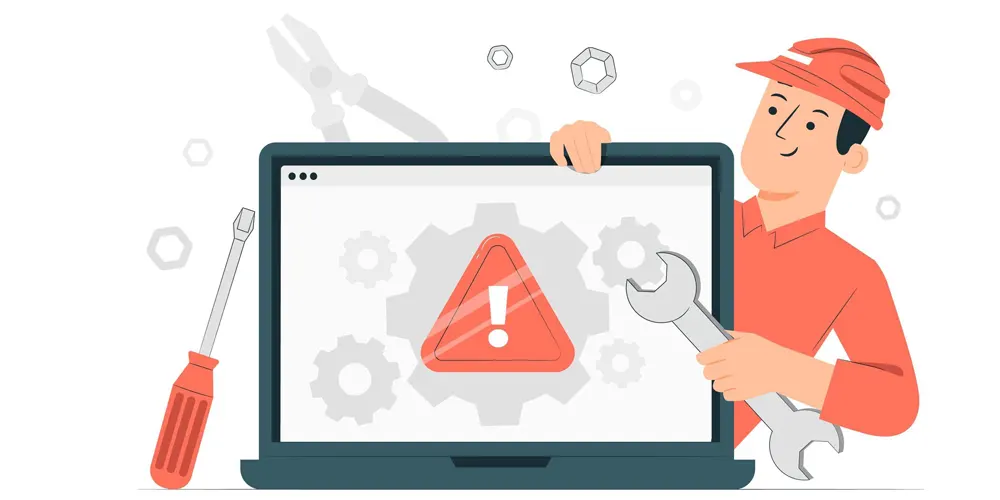
SIP traces provide a detailed record of the signaling process during call setup, modification, and teardown. This allows network engineers to identify and address issues such as call failures, call drops, or connectivity problems.
By analyzing SIP message exchanges, engineers can determine where in the communication flow the problem occurred and take corrective action.
2. Optimizing Performance

Detailed examination of SIP traces helps in optimizing network performance. Engineers can identify bottlenecks, latency issues, or inefficient call routing paths.
By optimizing SIP configurations based on trace analysis, network performance and call quality can be significantly improved.
3. Monitoring Call Flows
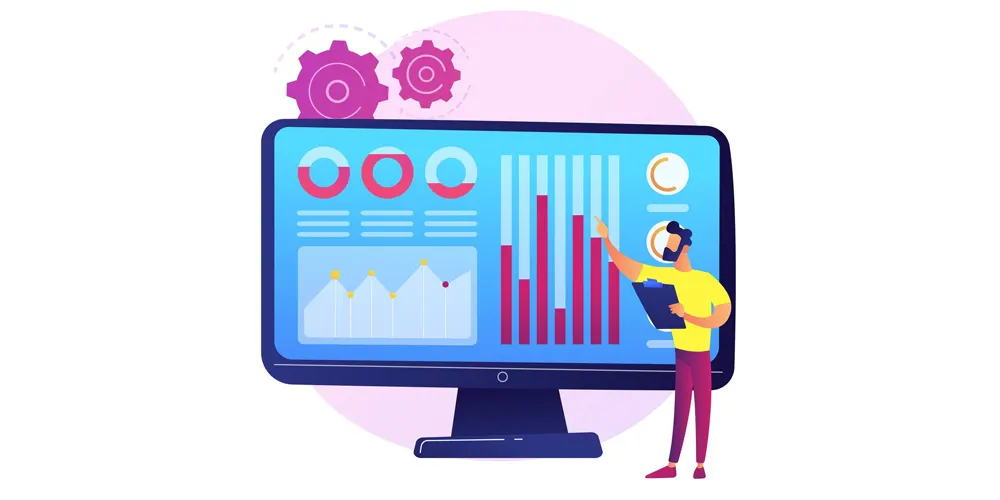
SIP traces provide visibility into call flows and communication patterns. Monitoring call flows helps in understanding how calls are routed through the network.
By tracking call volumes, patterns, and durations, administrators can assess network usage and plan for capacity expansion or optimization.
4. Diagnosing Interoperability Issues
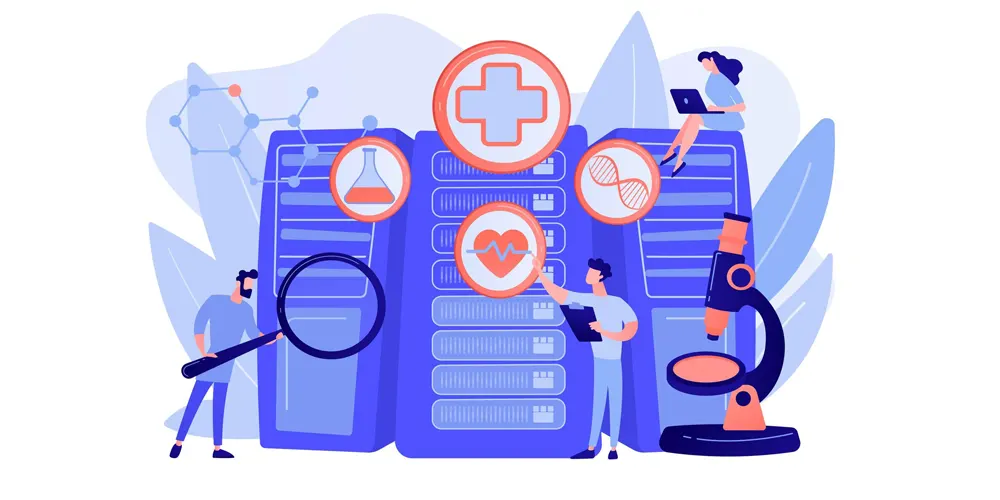
In heterogeneous telecommunication environments, SIP traces help diagnose interoperability issues. When different vendors' equipment or software are used, SIP traces reveal inconsistencies or non-compliant behavior.
Engineers can analyze SIP traces to ensure seamless interoperability between various components of the communication infrastructure.
5. Protocol Compliance Checks
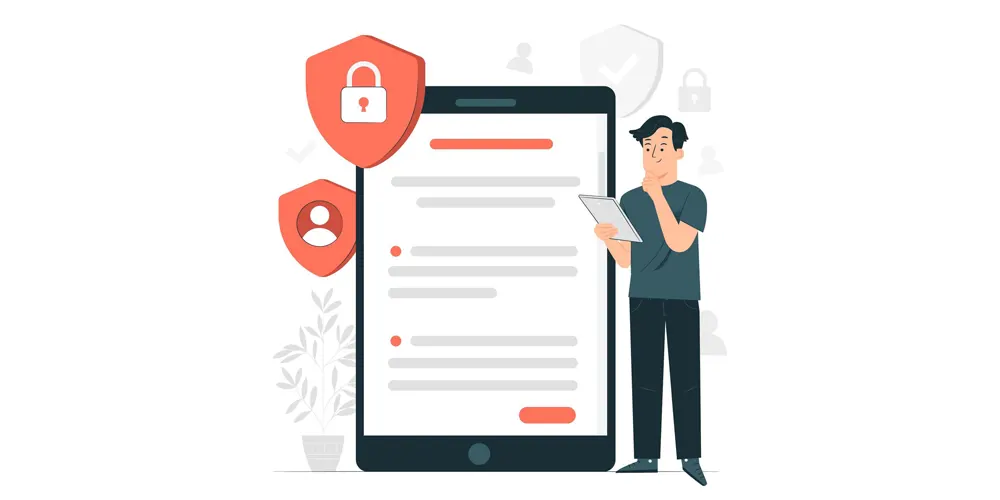
SIP traces facilitate protocol compliance checks to ensure adherence to SIP standards. Engineers can verify whether SIP messages conform to the specifications outlined in RFC 3261 and other related standards.
Non-compliant behavior identified through SIP traces can be rectified to ensure compatibility and interoperability with other SIP-compliant devices and systems.
6. Proactive Maintenance
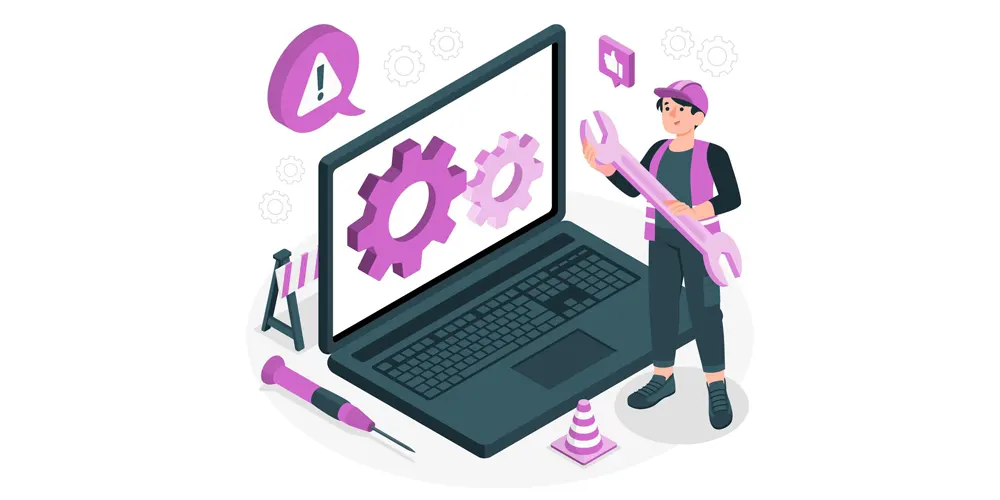
By regularly analyzing SIP traces, network administrators can proactively identify potential issues before they escalate. Detecting early signs of network degradation or equipment malfunction allows for timely maintenance and troubleshooting.
Proactive maintenance based on SIP trace analysis helps in minimizing downtime and ensuring uninterrupted communication services.
Thus, SIP traces serve as a valuable diagnostic tool in networking and telecommunications. It enables troubleshooting, performance optimization, monitoring, interoperability testing, protocol compliance checks, and proactive maintenance.
Understanding SIP Traces
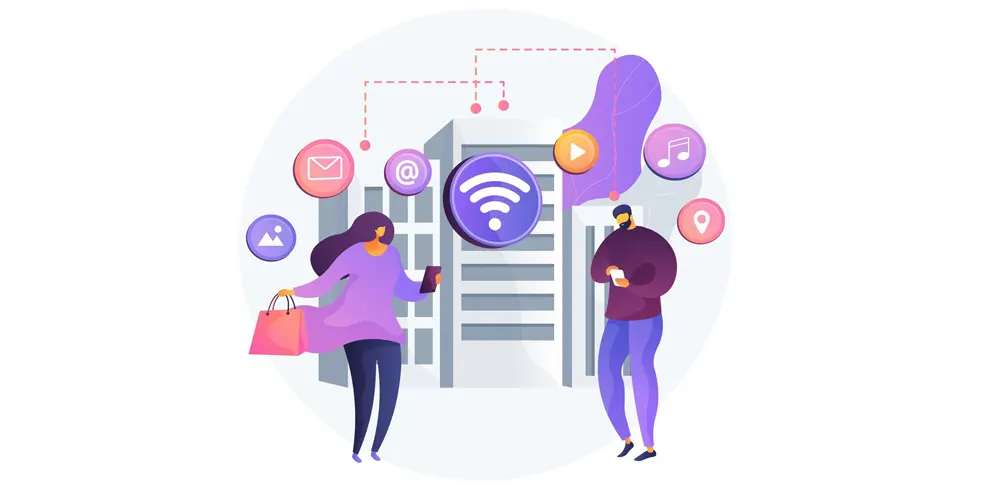
SIP traces, or Session Initiation Protocol traces, are comprehensive logs or records that capture the entire exchange of signaling messages between devices or endpoints.
These endpoints or devices are involved in initiating, maintaining, and terminating communication sessions using the SIP protocol. These traces provide a detailed account of the communication flow.
It includes the initiation of sessions, negotiation of session parameters, and termination of sessions. SIP traces typically include information such as request and response messages, headers, parameters, timestamps, and sequence numbers, allowing network engineers to analyze the communication process in detail.
These traces are invaluable for troubleshooting communication issues, monitoring network performance, testing interoperability between different SIP implementations, ensuring compliance with SIP standards, and facilitating proactive maintenance of SIP-based networks.
In essence, SIP traces serve as a vital diagnostic tool, providing insights into the behavior and performance of SIP-based communication sessions.
Components of SIP Traces

SIP traces consist of several key components that provide detailed information about the signaling messages exchanged between devices or endpoints using the Session Initiation Protocol (SIP). We shall explore each component in detail:
1. Request Messages
Request messages in SIP traces represent the initiation or modification of a session. These messages include details such as the type of session being requested (e.g., voice call, video call), the SIP addresses of the parties involved, and any additional parameters required for session negotiation.
Common request methods include INVITE (to initiate a session), ACK (to confirm receipt of a final response), and BYE (to terminate a session).
2. Response Messages
Response messages in SIP traces indicate the outcome of a request made by a SIP entity. They include status codes that convey whether the request was successful, encountered an error, or required further action.
Response messages also contain details such as the SIP address of the responding party and any additional parameters or headers related to the response.
3. Headers and Parameters
SIP messages in traces include headers and parameters that provide additional context and metadata about the session. Headers contain information such as the SIP version, content type, authentication credentials, and routing instructions.
Parameters convey specific details related to the session, such as session identifiers, codec preferences, and session descriptions (SDP).
4. Timestamps and Sequence Numbers
SIP traces typically include timestamps that indicate the timing of each message exchange. Timestamps help track the duration of each phase of the communication process and analyze the timing of message exchanges.
Sequence numbers may also be included to ensure the correct order of message delivery and detect any out-of-sequence or missing messages.
5. Call Flow Information
SIP traces provide a chronological record of the call flow, illustrating the sequence of message exchanges between SIP entities.
Call flow information helps engineers understand how sessions are initiated, modified, and terminated, as well as how media streams are negotiated and established.
Analyzing call flow patterns in SIP traces enables troubleshooting of communication issues and optimization of call routing paths.
6. Payload Data
In addition to the SIP signaling messages, SIP traces may also include payload data exchanged between SIP entities.
Payload data can include session descriptions (SDP) that define the parameters of the media streams (e.g., audio codecs, video resolutions) and any other application-specific data related to the session.
So, by examining these components within SIP traces, network engineers can gain valuable insights into the behavior, performance, and interactions of SIP-based communication sessions.
How SIP Traces are Generated
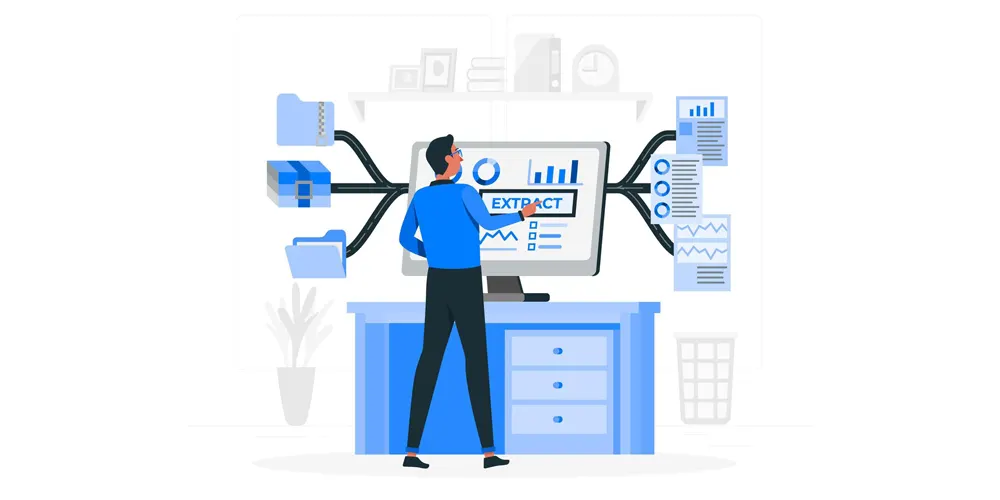
SIP traces are generated by capturing and logging the signaling messages exchanged between devices or endpoints using the Session Initiation Protocol (SIP).
There are several methods for generating SIP traces:
1. Network Capture Tools
Network capture tools, such as Wireshark or tcpdump, can be used to capture and analyze network traffic in real-time. These tools intercept SIP packets traversing the network and record them along with other network traffic for analysis.
SIP traces can be filtered from the captured network traffic using specific display filters or packet capture filters to focus on SIP-related packets only.
2. SIP Proxy or Session Border Controller (SBC) Logs
SIP proxies or SBCs often have built-in logging capabilities that record SIP message exchanges passing through them. These devices generate logs containing detailed information about SIP transactions, including request and response messages, headers, parameters, and timestamps.
Administrators can access these logs to analyze SIP traffic and troubleshoot communication issues within the network.
3. Endpoint Debugging Tools
SIP endpoints, such as SIP phones, softphones, or SIP client applications, may have debugging or logging features that capture SIP traces locally.
These tools record SIP messages exchanged by the endpoint, including requests, responses, and other relevant information.
Debug logs generated by SIP endpoints can be useful for diagnosing endpoint-specific issues or analyzing individual communication sessions.
4. Session Recording Servers
Some organizations deploy session recording servers or call recording systems that capture and store SIP communication sessions for compliance, monitoring, or quality assurance purposes.
These servers record both the audio/video streams and the associated SIP signaling messages, providing a complete record of the communication session.
SIP traces extracted from session recordings can be analyzed to investigate communication issues or ensure adherence to regulatory requirements.
5. Middleware or Application-Level Logging
Middleware platforms, application servers, or communication APIs may log SIP transactions as part of their operational monitoring and logging mechanisms.
These logs capture SIP messages generated or processed by the middleware or application layer, providing insights into the behavior of SIP-based applications or services.
Application-level SIP logs can be useful for troubleshooting application-specific issues or analyzing interactions between SIP-enabled applications and backend systems.
So as you can see, SIP traces are generated by intercepting and logging SIP signaling messages at various points within the communication infrastructure.
These traces provide valuable insights into the behavior, performance, and interactions of SIP-based communication sessions.
Final Word
You could say SIP traces are like X-Rays that help you see through the communication layers. Whether a call drops unexpectedly or the audio breaks, a SIP trace will help you understand why what happened, happened.
Once you have this visibility, you can easily fix the problem and restore optimal communication operations.
In our upcoming blog, we will explain how you can interpret and understand SIP traces. So stay tuned!
























































































































